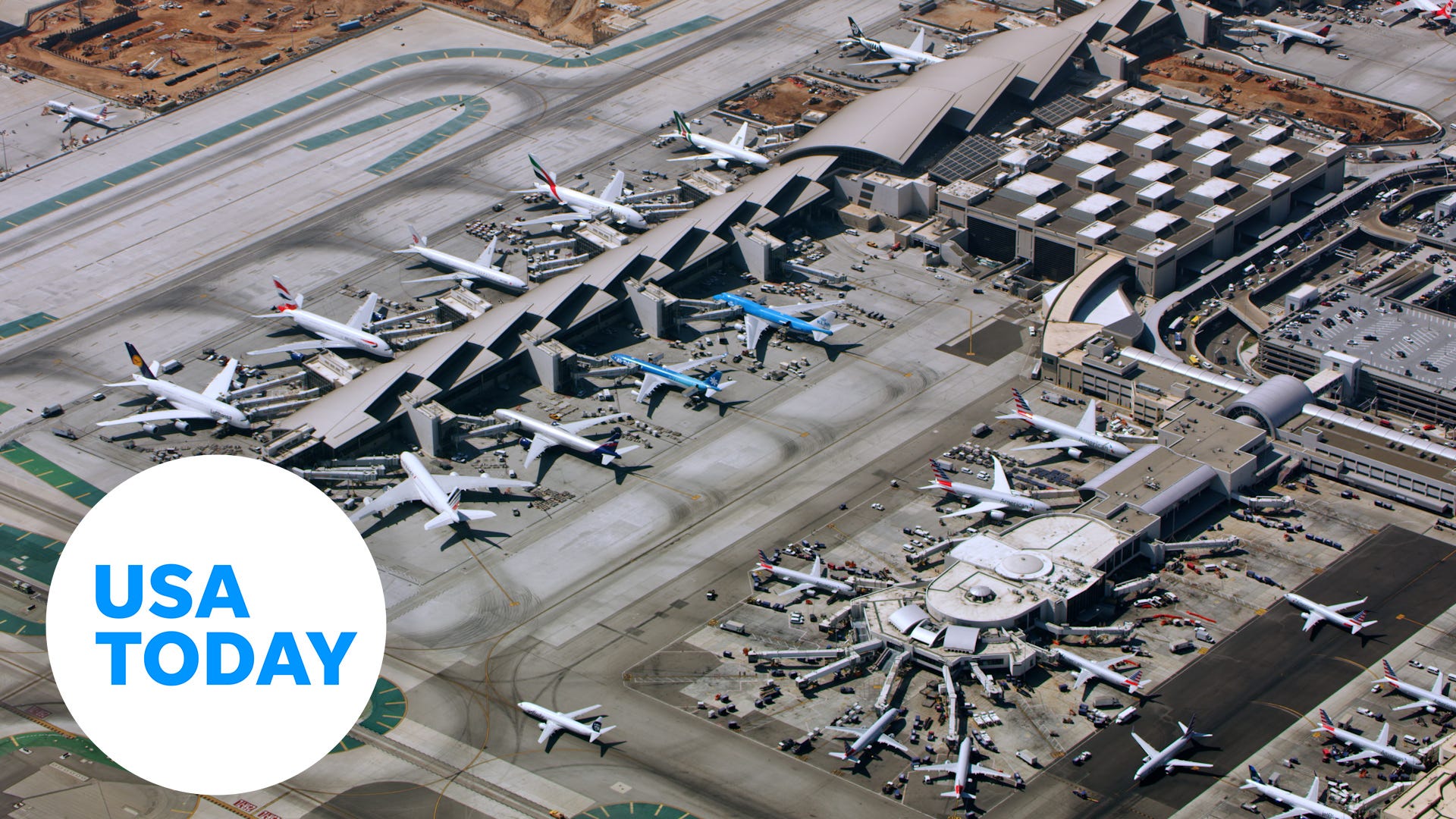After 15,000 Close Calls At One Airport, Faa Takes Action: What Is Mixed-used Airspace?

- A fatal collision between an Army helicopter and a regional jet near DCA prompted the NTSB to recommend restricting helicopter flights in the area.
- The FAA agreed to the restriction and is evaluating other areas with mixed-use airspace, where different types of aircraft operate in close proximity.
- Experts say mixed-use airspace is common and generally safe due to air traffic control procedures, but the DCA incident highlights the need for scrutiny.
The deadly midair collision near D.C. prompted calls for stricter airspace rules.
The National Transportation Safety Board’s preliminary report into the fatal collision between an Army Black Hawk helicopter and an American Airlines regional jet in January contained the recommendation that the Federal Aviation Administration permanently restrict helicopter flights around Ronald Reagan Washington National Airport.
The FAA agreed to implement the NTSB’s recommendation. Still, some travelers were left wondering about other parts of the national airspace where commercial flights and other kinds of aircraft, including helicopters and general aviation planes like small Cessnas, can be in close proximity.
Experts say this so-called mixed-use airspace is common throughout the country and is generally safe. However, almost everyone agrees that a closer examination is needed following the disaster at DCA.
Here’s where things stand and what stakeholders hope the next steps will be for regulators.
The NTSB is still investigating the crash at DCA, but its preliminary report showed that the helicopter appeared to be out of its designated flight path. As a result, the agency recommended that the FAA permanently restrict helicopter flights around DCA. The FAA, which the Department of Transportation oversees, agreed to implement that recommendation.
“The FAA is taking a series of steps to improve safety around Ronald Reagan Washington National Airport (DCA) that follows with the NTSB’s recommendations,” the agency said in a statement. “The FAA will continue to closely support the NTSB-led investigation and take action as necessary to ensure public safety.”
Mixed-use airspace is exactly what it sounds like: parts of the sky that multiple kinds of aircraft can use simultaneously.
In general, airspace is mixed-use by default. Certain restrictions apply to military corridors and takeoff and landing paths around major airports, but broadly, the skies above the U.S. are open. That said, it’s not a free-for-all, either.
Different aircraft are “deconflicted,” meaning they are set to avoid each other through techniques like assigning different altitudes to various kinds of vehicles, or controllers specifying speed or other requirements to keep aircraft out of each others’ paths.
Generally, the system works well.
As part of the NTSB’s report, the agency identified around 15,000 close calls between commercial jets and helicopters near DCA between 2021 and 2024. However, it’s worth emphasizing that in all of those cases, the system worked, and collisions were avoided.
“We’re dealing, by definition, with congested airspace around airports,” Mark Dombroff, partner of the aviation law practice at Fox Rothschild LLP, told USA TODAY. “It doesn’t necessarily mean the mixed traffic is dangerous, but getting a better understanding of any of this is a positive step.”
While the FAA has permanently restricted mixed traffic around DCA, it is also investigating other congested parts of the airspace and considering further restrictions.
“The FAA is continuing its analysis of airports that have high volumes of mixed traffic. That includes an assessment of the eight cities where we have charted helicopter routes. These cities are Boston, New York, the Baltimore-Washington area, Detroit, Chicago, Dallas, Houston and Los Angeles, some of which have multiple airports,” the agency said in a statement. “The FAA is also assessing the U.S. Gulf Coast, including offshore helicopter operations. The FAA will have corrective action plans for any risks that are identified.”
Still, some advocates worry that the FAA could be too slow or reluctant to act.
“We saw what the NTSB analysis was just at DCA. You had 15,000 incidents in a three-year period. All that data is there for the FAA to have,” Jim Brauchle, an aviation attorney at Motley Rice, told USA TODAY. “Now to say, ‘oh we’re going to start looking at the data,’ you’ve had the data. You should have been looking at it already. If your mandate is safety, let’s be safe.”
DOT Secretary Sean Duffy said during a press briefing on March 11 that the FAA intends to make further safety improvements “preemptively as opposed to retroactively” going forward.
Jason Ambrosi, president of the Air Line Pilots Association, which represents pilots at many U.S. airlines, previously praised the FAA for restricting the airspace around DCA and suggested more could still be done.
“While pilots in the U.S. are the highest trained in the world and are fully capable of operating in the Washington National Airport environment, taking a layer of risk out of it – taking helicopters out of the equation – is a step in the right direction,” he said in a statement.
While it’s possible more restrictions will be suggested once the NTSB concludes its investigation, Dombroff said flying remains extremely safe, regardless of airspace type.
“From a very personal perspective, do I have any reservations about flying in the national airspace system or taking off or landing at airports with FAA air traffic control facilities? The answer is none; I have no reservations; it is a remarkable system,” he said.
Zach Wichter is a travel reporter and writes the Cruising Altitude column for USA TODAY. He is based in New York and you can reach him at zwichter@usatoday.com.


